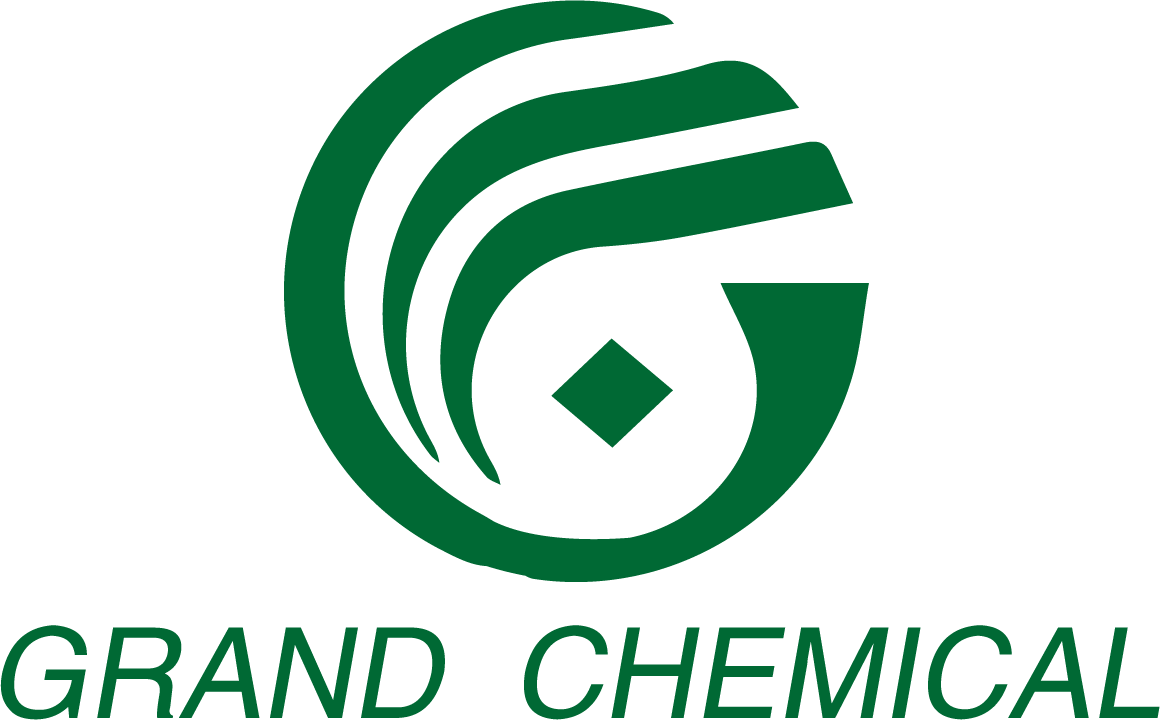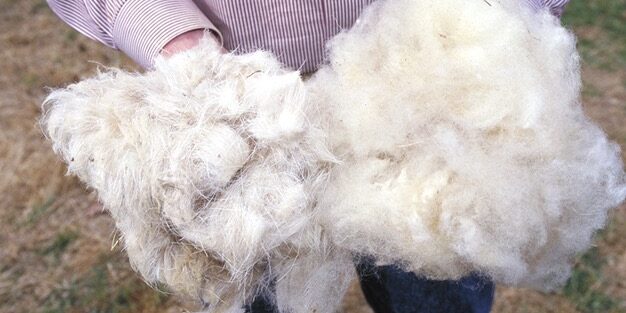Protein fibers—primarily wool and silk—naturally exhibit a slightly milky or yellowish appearance. Unlike cellulose fibers, they are seldom subjected to aggressive bleaching due to their sensitivity to strong oxidants and alkaline conditions. However, when high whiteness and enhanced visual brightness are required, a carefully controlled sequence of washing, bleaching, and brightening becomes essential. This article provides a technical overview of the whitening processes used for protein fibers and highlights best-practice application methods for an optical brightener for protein fiber, ensuring optimal performance and shade stability.
1. Characteristics of Protein Fibers and Whitening Challenges
Wool and silk contain peptide linkages, amino groups, disulfide bonds, and natural pigments, making them sensitive to:
- Strong alkalis
- Excessive temperatures
- Harsh oxidizing agents
Because of these complex structures, achieving high whiteness requires a balanced bleaching and brightening approach that preserves fiber integrity while maximizing optical effects.
2. Bleaching Methods for Protein Fibers
2.1 Reducing Bleaching
Sodium hydrosulfite (often referred to generically in industry) is the primary reducing bleaching agent for protein fibers.
Reducing bleaching is effective in removing:
- Yellowing caused by natural pigments
- Certain oxidation-induced chromophores
It operates under mild, acidic to slightly neutral conditions, which aligns with the sensitivity of wool and silk.
2.2 Oxidative Bleaching
Hydrogen peroxide is the dominant oxidizing bleaching agent for protein fibers due to its:
- High efficiency
- Relatively mild action when properly stabilized
- Minimal damage to peptide bonds
Peroxide bleaching typically requires:
- Controlled pH (usually acidic or mildly neutral with stabilizers)
- Low metal ion concentration
- Carefully regulated temperatures
2.3 Combined Bleaching for Best Results
In many applications, the highest whiteness is achieved by using a combined bleaching sequence:
- Peroxide oxidation
- Follow-up reducing bleaching with stable sodium hydrosulfite
This method removes a wider range of pigments and chromophores, producing a cleaner substrate ready for optical brightener absorption.
3. Application of Optical Brightener for Protein Fiber
The performance of an optical brightener for protein fiber depends on both the chemical structure of the brightener and the processing conditions.
3.1 Acidic Application Conditions
Most optical brighteners for wool and silk exhibit optimal affinity under acidic dyeing conditions, where the fiber carries a positive charge that helps the brightener fix effectively.
3.2 One-Bath Reduced Bleaching and Brightening
A common technique is to introduce the optical brightener during the final phase of the reducing bleach:
- Add the brightener when the reducing bleaching process is about 75% complete
- Once the reducing agent is consumed, introduce a small amount of organic acid to promote uptake and fixation of the brightener
This one-bath approach improves:
- Whiteness consistency
- Operational efficiency
- Cost-effectiveness
4. Whitening Without Simultaneous Bleaching
When an optical brightener is applied only in an acidic bath without combined bleaching, the brightening effect is usually less pronounced.
This is because:
- Residual chromophores are not removed
- The fiber surface does not reach its optimal absorption state
Therefore, a bleaching step—especially for darker or more yellow substrates—is essential for achieving a premium-level whiteness.
5. Optical Brighteners for Color Enhancement
For light-colored or mélange wool products, optical brighteners can be used not only for whitening but also for:
- Enhancing color clarity
- Improving hue brightness
- Increasing overall fabric brilliance
This adds value in high-end woolen textiles where appearance is critical.
6. Improving Lightfastness of Optical Brighteners
The lightfastness of an optical brightener for protein fiber varies according to its chemical class.
6.1 Coumarin-Type Optical Brighteners
Although they offer good whiteness, coumarin brighteners often have modest lightfastness.
Treatments that enhance light stability include:
- Sodium bisulfite
- Sodium ascorbate
These can improve lightfastness by 1–2 grades, extending the fabric’s aesthetic lifespan.
6.2 Stilbene-Type Optical Brighteners
When used in the presence of thiourea dioxide, stilbene brighteners can produce:
- Whiteness comparable to peroxide-bleached wool
- Slight improvements in lightfastness
This makes them suitable for applications requiring both brightness and durability.
Conclusion
The optimal use of an optical brightener for protein fiber relies on an integrated approach combining appropriate bleaching, controlled dyeing conditions, and the selection of a brightener suited to protein-fiber chemistry. By understanding the interactions between bleaching agents, fiber structure, and brightener types, manufacturers can achieve superior whiteness, enhanced color brilliance, and improved product longevity in wool and silk applications.
If you need guidance on selecting the right optical brightener for your product, Shandong Grand Chemical Co., Ltd. provides technical consultation and professional support.
📧 sales@obachemical.com
📞 +86 131 7300 9832

